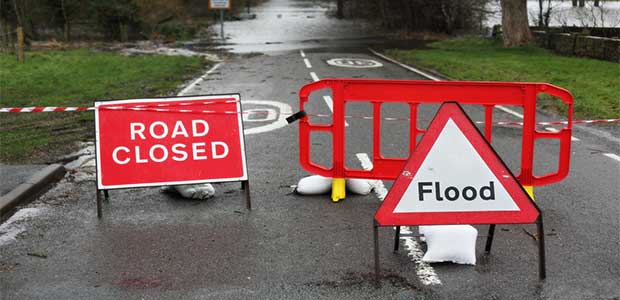With flu season around the corner, research suggests washing hands with running water is the best defense.

SPONSORED
Following the regulations and staying in compliance are important, but we know you want to go beyond minimum requirements to keep your employees safe. Some regulations have numerous training and employee information requirements, while others have none. Are you covering everything? And what does it take to go above what’s required?

Here’s how to keep your workforce humming during peak holiday seasons.
Earlier this month, the U.S. Chemical Safety Board (CSB) issued a new safety digest that highlights the importance of worker participation in chemical hazard training. Without engaged workers, serious catastrophes can occur.

No matter how effective your personal hygiene standards are, a single person in your place of work can cause illness.

If your facility handles, transfers, packages or processes dust-producing materials or powders, you could face an explosion risk from combustible dust.
In an effort to better protect workers from airborne contaminants, the U.S. Department of Labor approved a new protocol for new respirator fit testing. Effective today, the rule will hopefully protect workers from airborne contaminants.
Haskell and Kennesaw State University partnered to develop a virtual reality training aid to reinforce employee safety. Now, employees can train and practice construction safety using simulated programs.
After one employee fell and died in 2017, Ohio county court sentenced Jim Coon to three years in prison after he pleaded guilty to involuntary manslaughter. The court’s action follows an OSHA finding that Coon knowingly failed to install appropriate fall protection systems.

Until now, not much research had been done to find the best CPR methods from data that accounted for both compression rate and chest depth. Now, new data gives some exciting new answers.
Many employers know that in particular circumstances, OSHA can issue criminal sanctions. However, what employers may not know is that OSHA has also been referring workplace safety violations to state district attorney offices in fatality cases.

Severe weather can have hazardous effects on all facets of our lives: homes, transportation, and livelihood. OSHA and NOAA are working on a public education effort to help people stay safe during severe weather.
A tortilla company is cited and fined $81,682 for exposing employees to amputation hazards in Labelle, Florida.
The Z10 system-based standard is committed to reducing workplace injuries, saving lives, and maximizing financial performance. As of late, ASSP released a revised ANSI/ASSP Z10.0-2019 standard.

An $805 million contract allowed Boeing to design the Navy’s first operational carrier-based unmanned aircraft. Now, it’s built and ready.
There are often gray areas with injury and illness recordkeeping where it is not clear whether an injury meets the recording criteria, or in some cases, how and where the injury should be recorded.
RMS Utilities Inc. from Alamosa, Colorado is facing $92,819 in fines after employees were almost buried in a trench collapse.